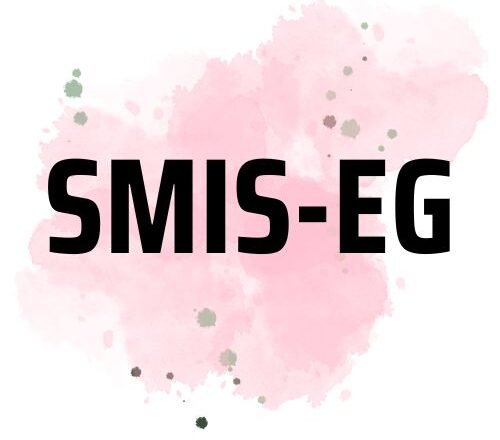The Social Security tax landscape for 2025 features a key change that will shape payrolls and take home pay across the United States. The taxable wage base is set at $176,100, meaning earnings above this threshold are not subject to the 6.2% employee Social Security tax. While higher earners may see marginal tax relief once they cross the cap, the broader intent of the update is to reinforce Social Security’s financing as America’s population ages and the worker to beneficiary ratio continues to narrow.
| 2025 Snapshot | Key Details |
|---|---|
| Wage base limit | $176,100 |
| Employee OASDI rate | 6.2% on wages up to the limit |
| Employer OASDI rate | 6.2% on wages up to the limit |
| Self employed total | 12.4% OASDI plus 2.9% Medicare |
| Medicare tax | 1.45% each for employee and employer, no cap; additional 0.9% for high earners |
| Effective period | January 1 to December 31, 2025 |
| Administered by | Social Security Administration |
Why The 2025 Wage Base Matters
Raising the wage base to $176,100 influences paychecks, employer payroll costs, and the revenue stream that supports retirement, disability, and survivor benefits. For workers with earnings at or below the cap, the change simply defines the maximum subject to the 6.2% employee rate. For those earning above the limit, Social Security withholding stops once wages exceed $176,100, increasing net pay for the remainder of the year while leaving Medicare taxes unchanged due to the absence of a Medicare wage cap.
How The 6.2% Applies In Practice
Employees contribute 6.2% of covered wages and employers match another 6.2%, for a combined 12.4% to Social Security on income up to $176,100. For 2025, the maximum employee OASDI contribution is $10,918.20. Once an employee’s year to date wages cross the cap, OASDI withholding ends for the rest of the calendar year, resuming with the first pay of 2026.
What Self Employed Workers Owe

Self employed individuals pay both the employee and employer portions of Social Security and Medicare, totaling 12.4% for OASDI up to the wage base and 2.9% for Medicare on all net earnings. They may generally deduct one half of self employment tax when calculating adjusted gross income, which helps offset part of the dual liability. Unlike OASDI, Medicare tax applies without a wage ceiling, and high earners may owe an extra 0.9% on applicable income.
Medicare’s Role Remains Separate
Medicare taxes function independently of the Social Security wage base. Employees and employers each pay 1.45% on all wages with no cap, while self employed individuals pay 2.9% on all net earnings. High income thresholds can trigger an additional 0.9% Medicare tax on wages or self employment income over the applicable limits, which is paid by the employee or self employed worker and not matched by employers.
Potential Tax Savings Above The Cap
Crossing the Social Security wage base can modestly increase take home pay for high earners. For example, an individual earning $186,100 would not owe the 6.2% OASDI tax on the final $10,000 of wages, resulting in around $620 in Social Security tax not withheld on that slice. This effect does not alter Medicare withholding, which continues across all wages.
Debates Around The Cap’s Future
Policy discussions periodically surface around modifying or removing the wage base to increase trust fund inflows and address equity concerns. Proponents argue that taxing more wages could stabilize the program for future generations and align contribution rates across income levels. Critics caution that lifting or removing the cap could affect incentives, productivity, and long term economic growth, and may necessitate careful calibration to avoid unintended pressure on benefits or business costs.
Estimating Your 2025 Withholding
Employees can estimate OASDI contributions by multiplying wages up to $176,100 by 6.2% and adding Medicare at 1.45% on all wages, plus the additional 0.9% if income exceeds the high earner thresholds. Self employed workers can project 12.4% on net earnings up to the cap and 2.9% on all net earnings for Medicare, then model the above the line deduction for one half of self employment tax to understand net impact on AGI.
What This Means For Long Term Stability
The 2025 wage base update fits into a broader effort to keep Social Security solvent amid demographic change. While those above the cap may experience limited tax relief during the year, the policy goal remains steady financing for a program that supports retirees, disabled individuals, and survivors. Consistent, predictable funding helps maintain benefit integrity and confidence for millions who rely on monthly payments.
Important Notes And Practical Guidance
Tax rules can evolve through legislation or administrative updates, and individual circumstances such as multiple jobs, varying pay schedules, benefit elections, or self employment can alter outcomes. The specifics of how the wage base interacts with your broader tax situation, including credits and deductions, are best evaluated with a qualified professional who can tailor guidance to your income, filing status, and goals. For official updates, consult trusted government resources and ensure payroll and tax software are configured for 2025 thresholds.
Disclaimer For 2025 Planning
Details of the Social Security tax limit for 2025 reflect current guidance and may change. The impact varies by income, employment type, and filing status. For personalized advice on withholding, estimated payments, or compliance, consider working with a tax advisor or financial planner and refer to official channels for the latest published figures and rules.

